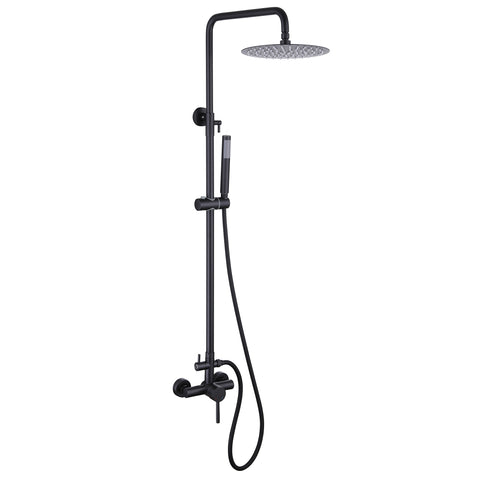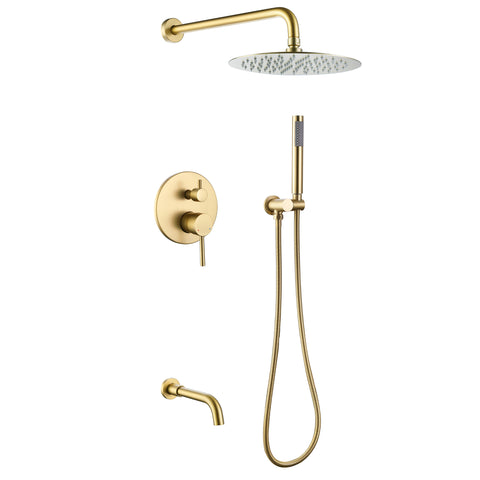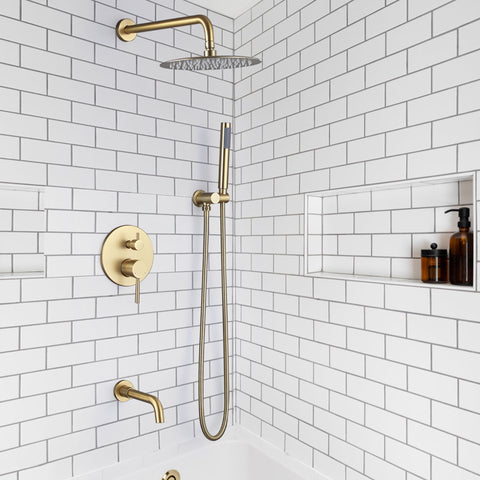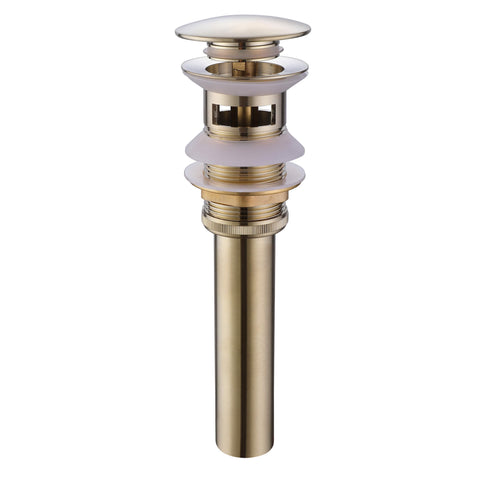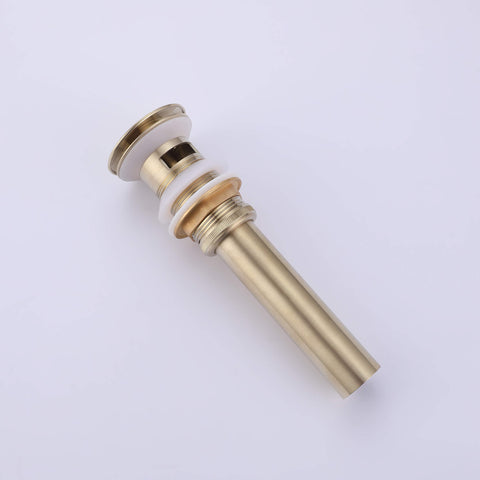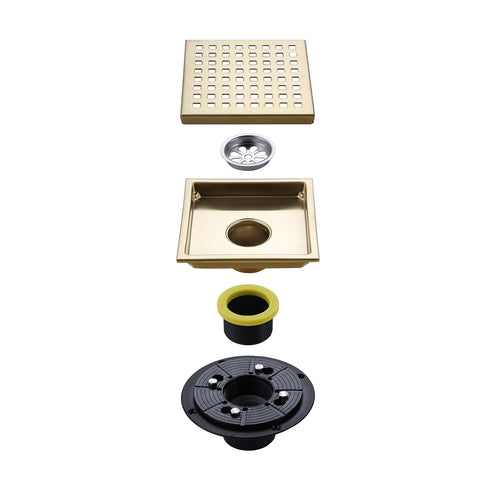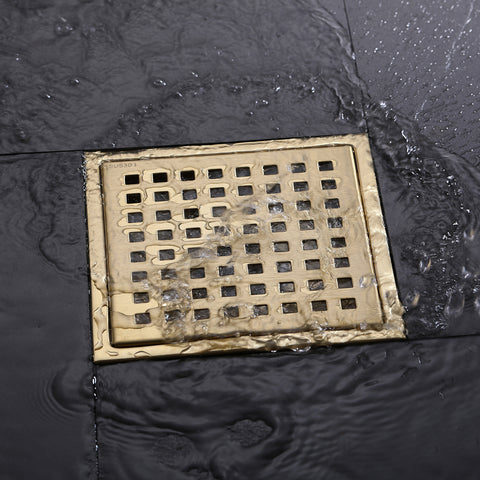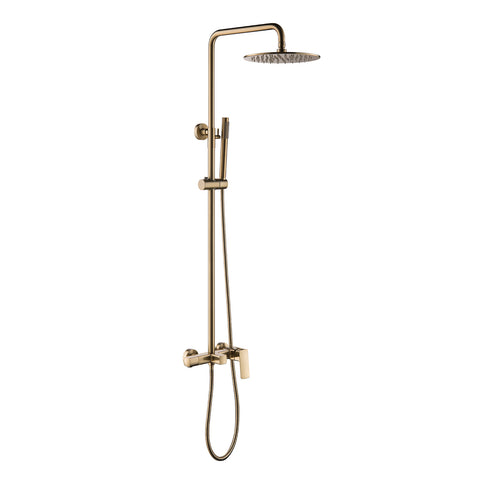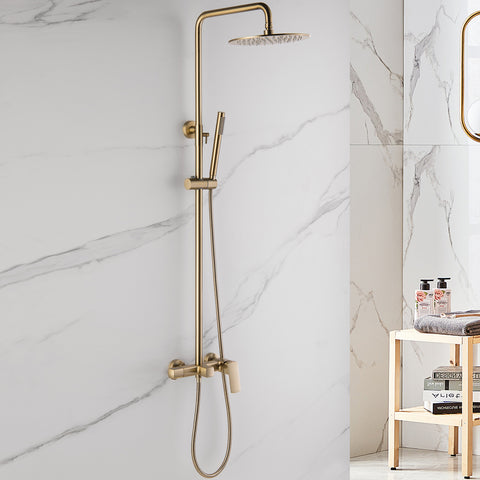Debunking Common Misconceptions About Kitchen Faucets
The kitchen faucet is a central element of any kitchen, yet it's often misunderstood. From performance expectations to installation and maintenance, misconceptions abound. In this guide, we’ll debunk the most common myths about kitchen faucets so you can choose and maintain yours with confidence.
Myth 1: All Kitchen Faucets Are the Same
Not all faucets are created equal. From single-handle to pull-down sprayers and commercial-style designs, each faucet type serves different functions and aesthetic preferences. Understanding features like spray patterns, reach, and handle control is essential for choosing the right model. RBROHANT offers a wide variety of kitchen faucets tailored to different lifestyles and kitchen layouts.
Myth 2: Water Pressure Is Always the Same
While your home's plumbing plays a role in water pressure, faucet design can also significantly affect flow. High-quality aerators, internal valve construction, and spout width all influence performance. For better rinsing or filling, look for models with adjustable flow rates and high-pressure aerators.
Myth 3: Faucets Don’t Need Maintenance
Faucets aren’t maintenance-free. Over time, mineral buildup, leaks, or worn seals can reduce performance. Routine tasks like cleaning the aerator, checking for drips, and using mild cleaners help maintain longevity. Some finishes, like matte black or brushed gold, may also require special care to avoid corrosion or discoloration.
Myth 4: Expensive Means Better
Price isn't always a reliable indicator of performance. While premium faucets may offer designer finishes or advanced features, many mid-range options deliver excellent value. The key is choosing a faucet with durable materials (like brass), solid construction, and a good warranty. RBROHANT’s curated faucet collection offers quality and style across different price points.
Myth 5: DIY Installation Is Easy for Everyone
While some faucet replacements are simple, others—especially those involving new plumbing configurations—can be complex. In such cases, hiring a licensed plumber ensures a leak-free and secure installation. If you’re unsure, refer to the installation guide included with each RBROHANT product or contact a professional.
Understanding the truth behind common kitchen faucet myths helps you make smarter purchasing and maintenance decisions. Whether you're upgrading your kitchen or planning a new build, RBROHANT kitchen faucets combine durability, function, and style to meet your needs. Choose wisely—and enjoy seamless performance for years to come.
